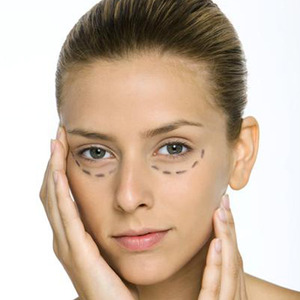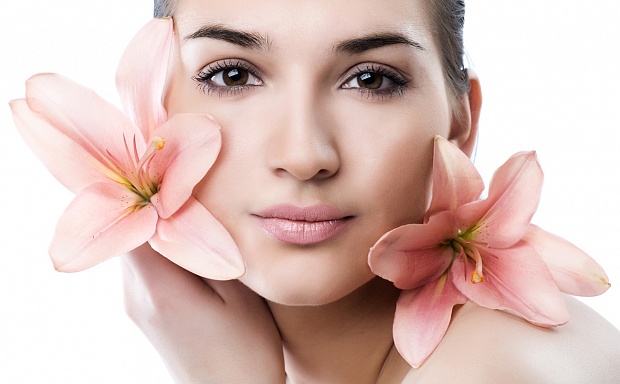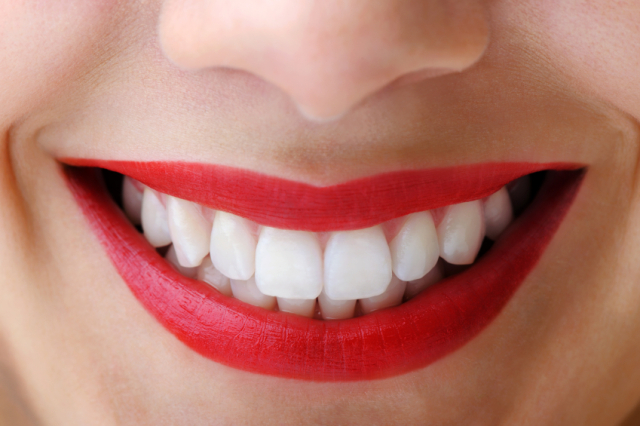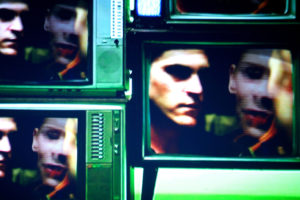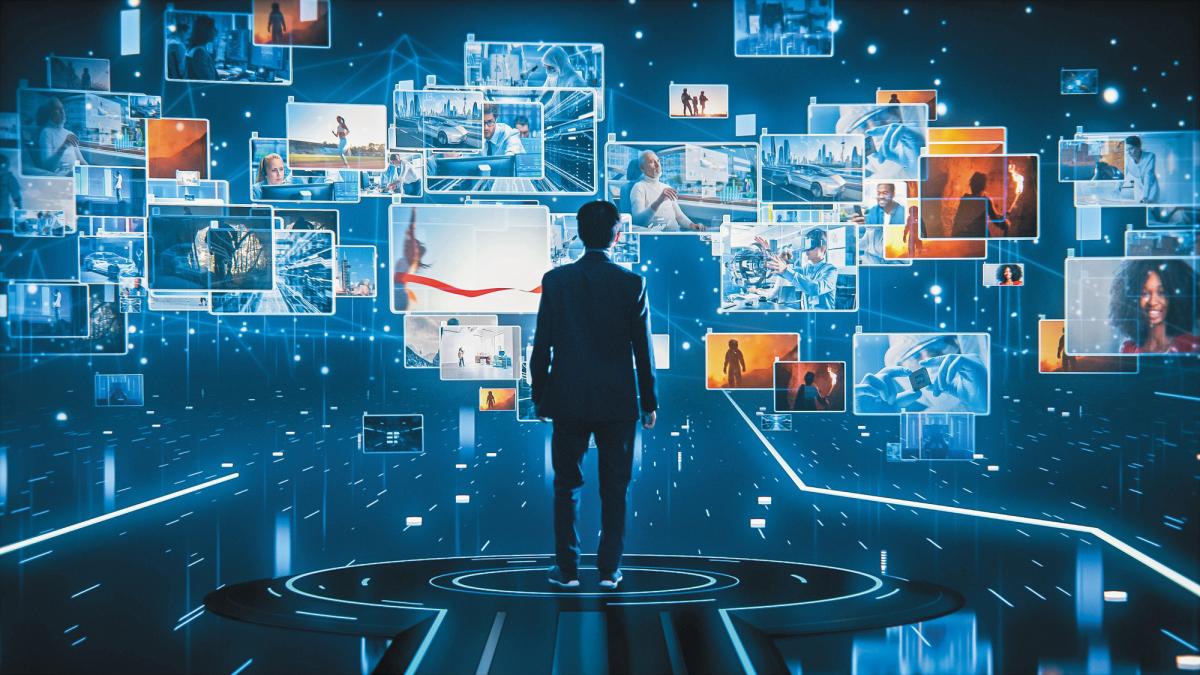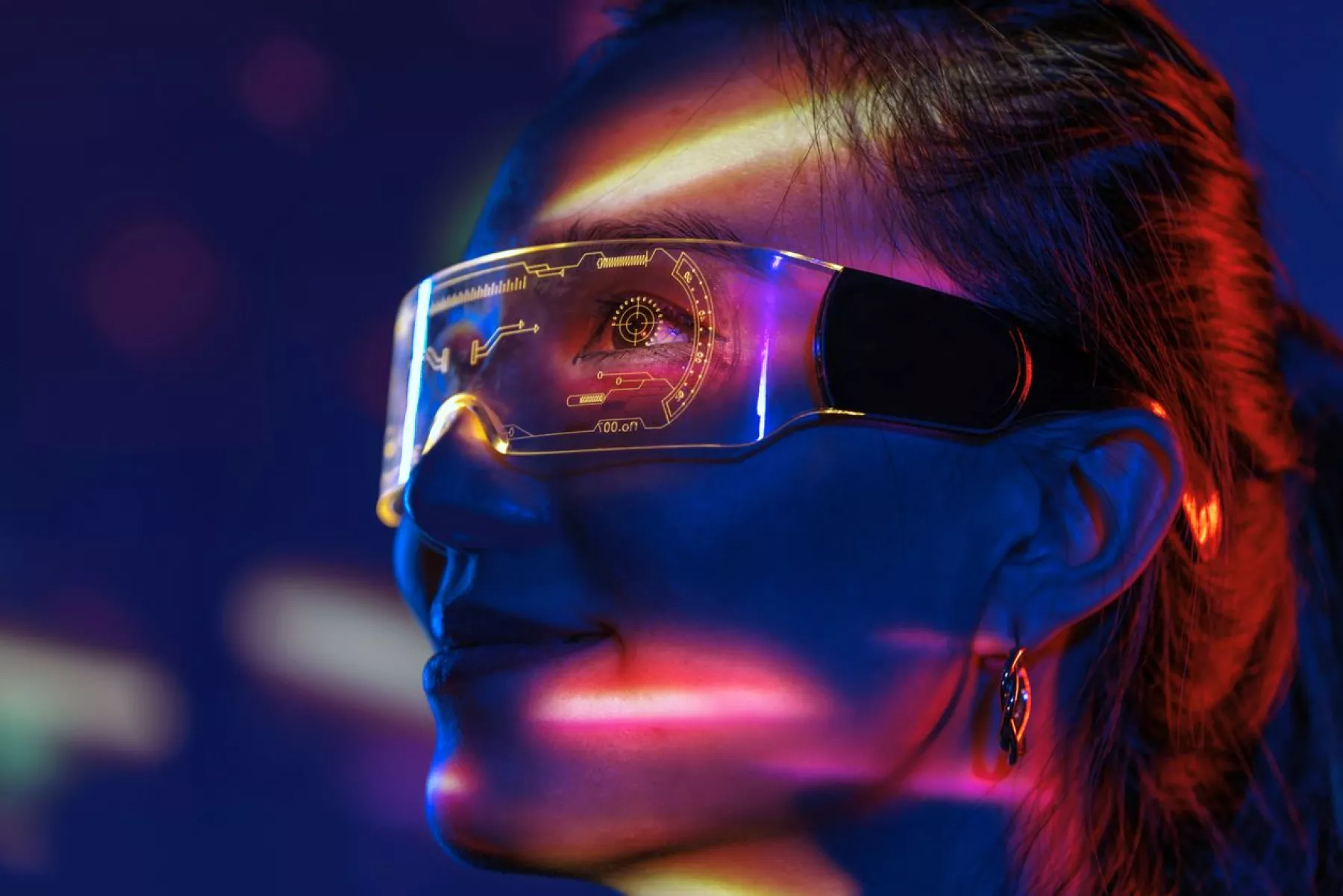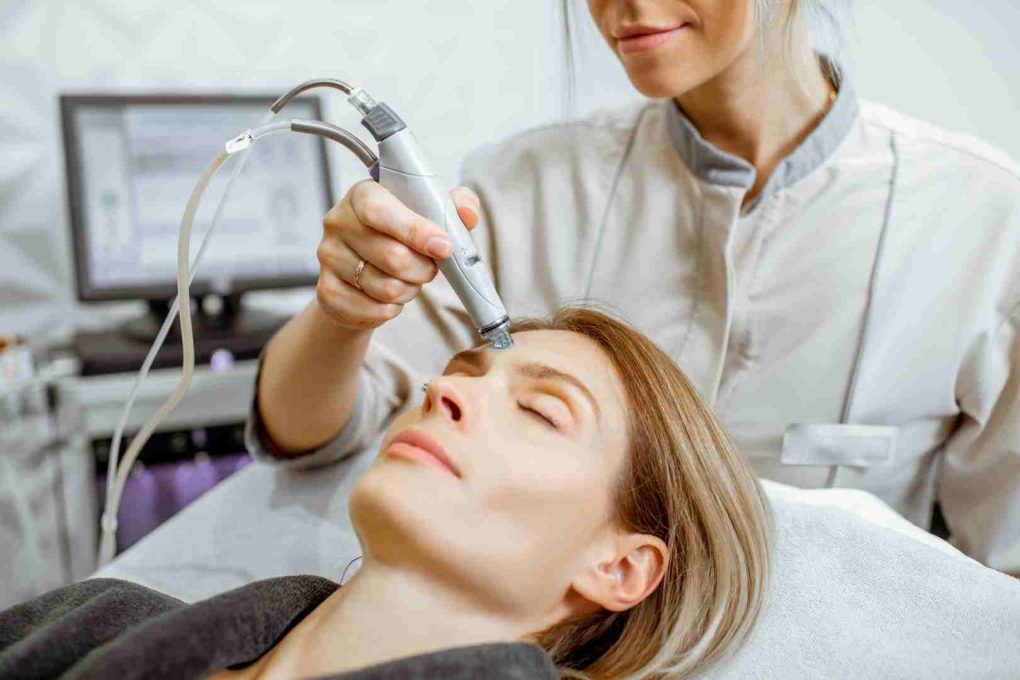
The 5 most innovative technologies that are changing the beauty sector
The strong impact of global warming and the loss of biodiversity are some of the problems that humanity is desperately trying to stop. And the beauty industry is one of the sectors that wants to do its part in this mission.
Beauty brands are using everything from artificial intelligence (AI) to augmented reality (AR) . Their goal is clear: to minimize the use of petrochemicals that not only increase dependence on hydrocarbons, but also affect the health of consumers. And replace them with eco-ingredients .
The beauty sector is changing, as announced a few years ago by the world's leading beauty firm , L'Oreal.
"We want to make a transition, where 80% of products are biodegradable, 59% renewable and 34% come from natural origins"
Brands are looking to renew themselves through technology, beauty blenders or makeup sponges, facial highlighters and lip plumpers are just some of the new launches. Even the birth of a new trend called Beauty Tech .
Do you want to discover these new technological trends used in the beauty sector? Let's take a look at some!
New technological trends in the beauty sector
Personalization and Artificial Intelligence
According to market research firm , demand for personalised cosmetics is growing rapidly.
Nearly half of consumers like the idea of a beauty product being personalised just for them. And a third believe that such products deliver better results.
Hence the emergence of new technologies applied to the beauty sector, such as the implementation by Lancôme, a subsidiary of L'Oreal, of a personalized foundation machine called Le Teint Particulier , which promises to find the exact color for your skin, using artificial intelligence.
Testing applications
As online shopping increases, beauty brands are increasingly using augmented reality (AR) to enhance the experience.
Image recognition and facial tracking are just some of the new technologies being used in the beauty sector.
Amorepacific, a beauty store in South Korea, has installed an augmented reality mirror that allows users to see in real time whether the shades of cosmetics are suitable. The mirror takes a photo and analyses the expression lines, tone and texture of the dermis… and then recommends the exact product for each skin type. Another example is Sephora’s Virtual Artist
platform , which allows users to try out products such as eyeliners or lipsticks on their smartphones.
And the same goes for the custom foundation app that Lancôme created under the name Virtual Try-On Makeup , which helps you find the exact skin tone thanks to augmented reality.
Meanwhile, despite some critics warning that the apps are no substitute for a real try-on, Vogue Business innovation editor Maghan McDowell agrees that the programs are not 100% accurate. But customers still find them useful.
Smart skin care tools
Would you trust a computer to assess your skin? This is exactly what the HiMirror made by Taiwan's New Kinpo Group does.
The program takes a photo of your face every time you log in and scans it for wrinkles, red spots, pores, fine lines and shine levels.
As does Olay, which offers a similar app called Skin Advisor . And the new FutureYou Simulation , which uses augmented reality to show users what their skin and face will look like in the future.
Printed makeup
Can you imagine having your makeup done by a robot? If you see this as an option in the future, you should know that some devices are already being tested today. For example, a makeup printer was presented at the 2019 edition of the Consumer Electronics Show (CES), one of the largest technology fairs in the world.
Meanwhile, design agency Seymour Powell has come up with a printer idea that would allow makeup looks seen online to be downloaded and printed directly onto people's faces.
Combining 3D printing, facial recognition technology and image analysis through artificial intelligence, the Élever would allow brands and influencers to sell makeup styles directly to consumers.
3D of e-make up
One of the latest trends in beauty technology involves using cosmetics that aren't real.
Inspired by augmented reality filters on Snapchat and Instagram, e-makeup artists allow you to download makeup looks to enhance your digital image.
The Beauty Industry: The Little Fish vs. The Big Fish
Over the past 14 years, the cosmetics industry has seen steady growth, around 4% annually . In May 2017, the beauty sector was valued at around $445 billion. Creating a thriving industry for individuals, so far mainly women, who want to make it big in an entrepreneurial industry.
In addition, it should be noted that there has been a proliferation of small businesses in various sectors, including the cosmetics industry. A good number of companies have appeared in the beauty sector, each with its own vision.
These companies, in turn, attract the interest of larger brands such as L'Oreal and Maybelline. And the vast majority end up with buyout deals, such as the $1.2 billion transaction between L'Oreal and IT Cosmetics in August 2016. Deals that occur because of the multiple barriers imposed on smaller companies to reach global markets.
However, smaller brands, as well as more established brands, have had the opportunity to become known worldwide thanks to social media exposure and personal recommendations across all platforms.
Now, the forces are leveling in terms of positioning, with the merger of companies, changes in advertising and technology, and the evolution of products.
Leave a comment:
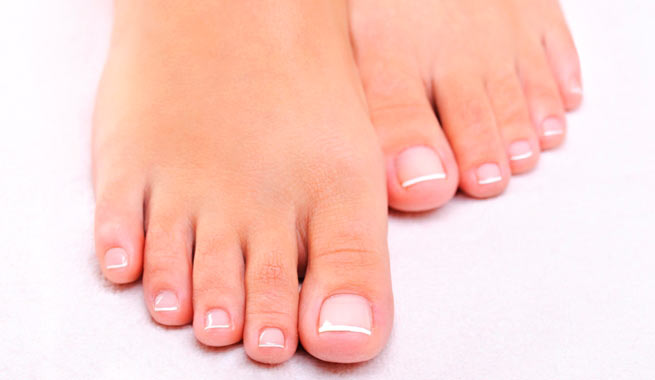

Tranding News

